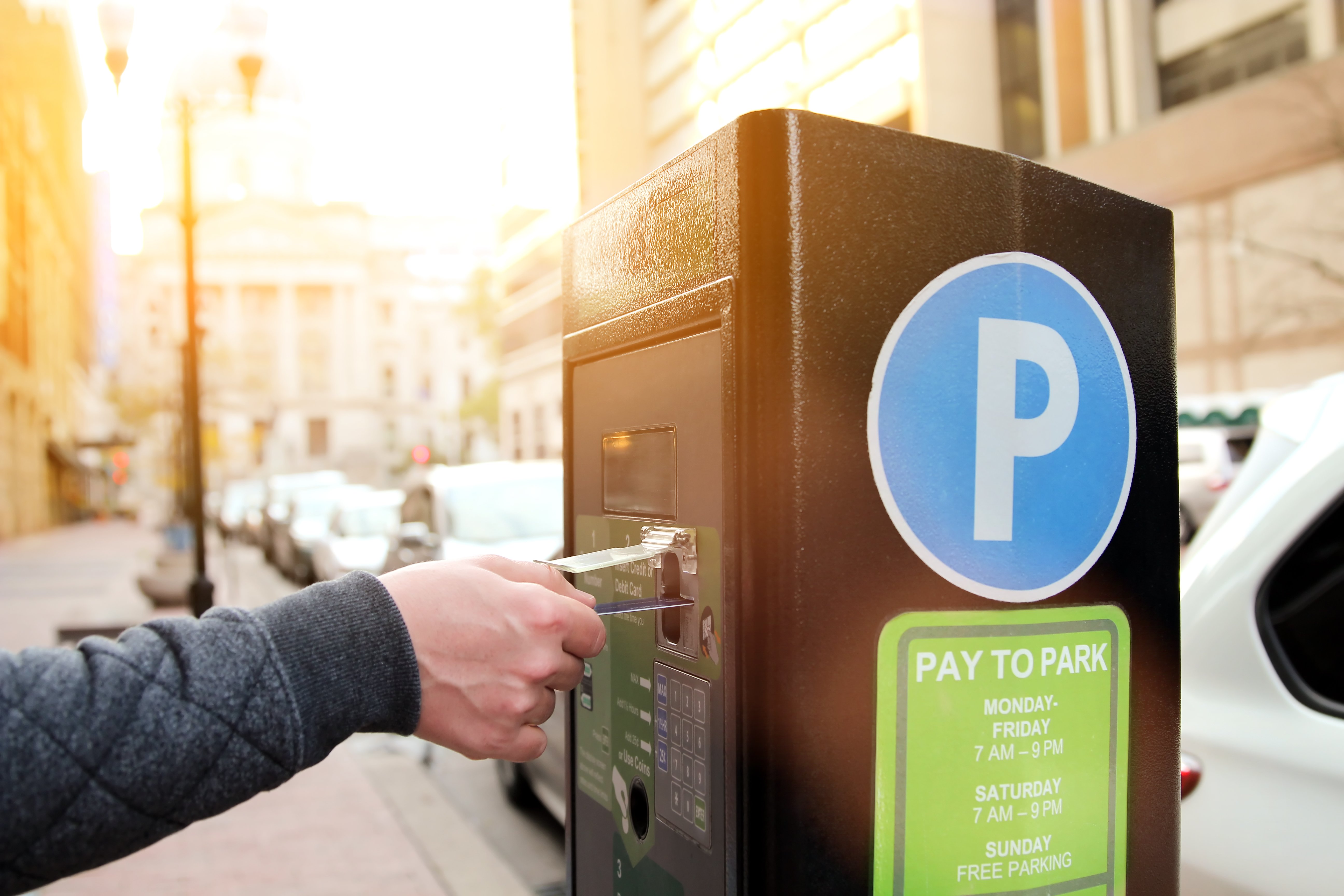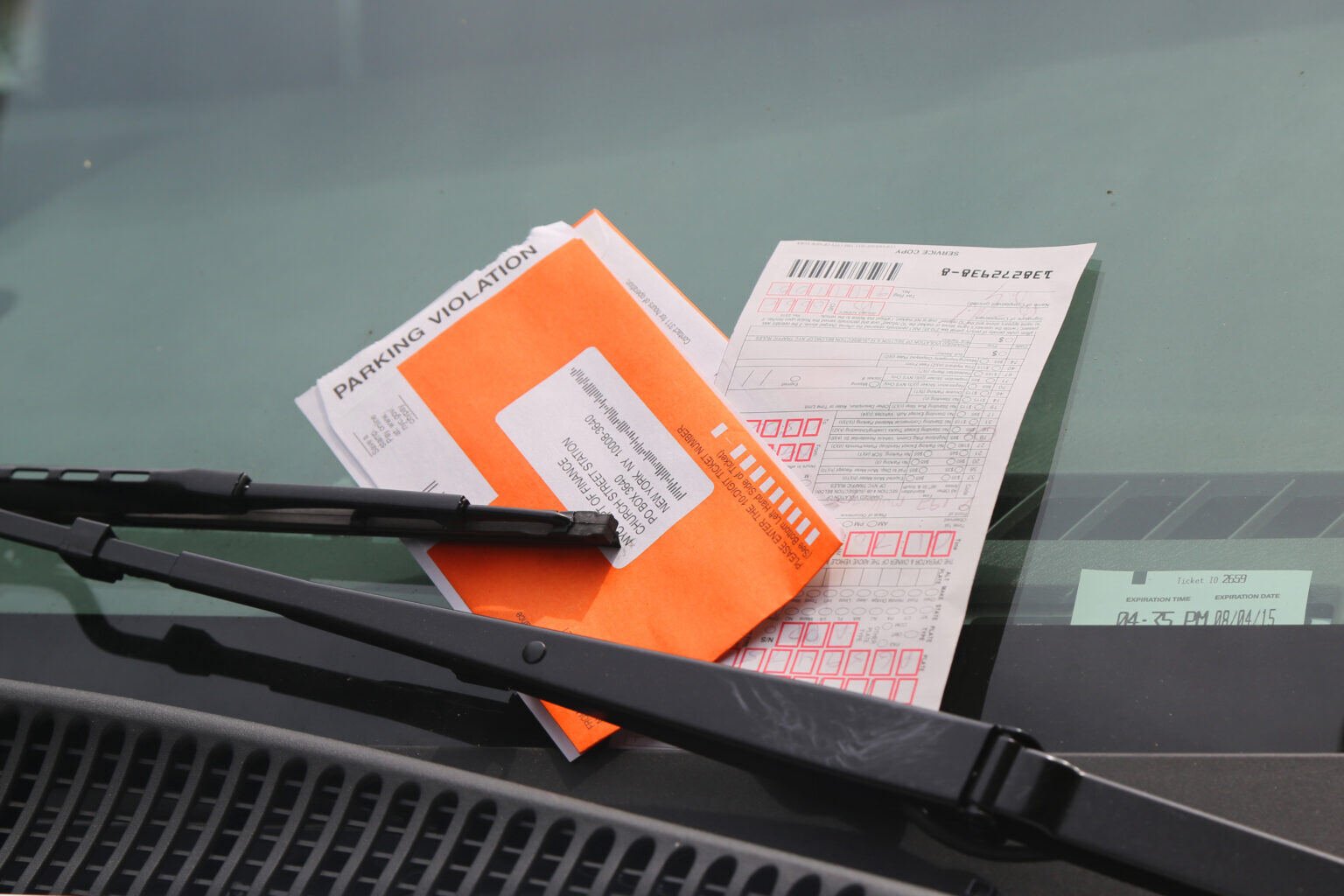4 min read
Curbside Demand Pricing: A Vital Part of Your Congestion Management Mission
 Matt Darst
Apr 25, 2025 7:08:17 PM
Matt Darst
Apr 25, 2025 7:08:17 PM

As cities around the world tackle the growing problem of traffic congestion, the debate around cordon congestion pricing has intensified. While the concept of charging drivers to enter highly congested urban areas has proven successful in cities like London and Singapore, detractors frame cordon congestion pricing as an overreach by government and argue that it imposes excessive costs on everyday citizens.
Alternative approaches, like curbside demand management, offer a granular demand management strategy to reduce congestion and improve overall mobility. Curbside demand management can serve as an effective standalone strategy or as a precursor to more expansive measures, such as cordon congestion pricing. By optimizing the use of curb space through demand-based pricing, cities can gradually familiarize the public with the concept of pricing for access, creating a foundation for broader congestion pricing policies in the future. In this way, curbside pricing can act as a beachhead, easing the transition to more comprehensive systems that regulate access to entire zones and reduce congestion more widely.
What is Cordon Congestion Pricing? Curbside Demand Pricing?
Cordon congestion pricing charges drivers a fee for entering a designated congested area—often a city center or high-traffic district. The aim is to reduce traffic, decrease pollution, and incentivize the use of public transportation.
While cordon pricing can successfully lower congestion in specific areas, it operates as a broad-brush solution. It doesn't account for other contributing factors to congestion, particularly the search for parking. Without addressing demand at the curb and fully optimizing the use of public spaces, cordon pricing risks pushing congestion to other areas.
Curbside demand pricing focuses on adjusting parking rates based on demand, charging higher prices when and where parking is scarce and lower rates in less crowded areas. This creates a dynamic and flexible system to reduce congestion, helping ensure that curb space is used efficiently and reducing the need for drivers to circle the block looking for parking.
Weighing Costs and Benefits
Cordon congestion pricing and curbside demand management are both powerful tools for addressing urban congestion, though each comes with its own set of advantages and challenges. Charging vehicles for entering designated areas through cordon congestion pricing can significantly reduce traffic volumes, encourage the use of alternative modes of transportation, and improve air quality within congested zones. However, its implementation can be complex, requiring significant infrastructure, public buy-in, and the potential for pushback from residents or businesses.
Adjusting curbside prices based demand ensures available parking and reduces congestion in high-demand areas. While it is typically easier to implement and can be scaled over time, it may not have the same broad impact on overall traffic volumes as cordon pricing. Its effectiveness depends on factors like enforcement and public awareness.
Both strategies have their merits, but their success depends on careful planning, public support, and complementary policies that work together to optimize urban mobility. A comparison of the solutions follows.

Curbside demand pricing can optimize parking turnover and reduce the traffic caused by vehicles circling for spots. Without a system to manage this demand, cordon pricing may only realize partial success at reducing congestion. Drivers may pay the congestion fee to enter the zone but then get stuck circling, negating much of the desired effect.
And while some cordon congestion pricing programs offer discounts to disadvantaged motorists, they’re generally criticized for disproportionately affecting low-income individuals who rely on their vehicles, especially in cities with poor public transit options. Congestion pricing may harm low-income users more than other demographic groups just as regressive tax systems do.
Compare that to the demand pricing program in Los Angeles, LA Express Park. In downtown Los Angeles, rates were reduced at most parking meters (60%) and increased at fewer than a third (27%), improving access for disadvantaged motorists. The likelihood of finding cheaper parking options within one block of a motorist’s destination increased from 40% to 90%
The Politics of Pricing
Ultimately, though, it’s pointless to debate the potential for success if legislative approval is unlikely. For example, the process of getting New York's cordon congestion pricing program approved was incredibly complex and contentious, involving multiple years of planning, debate, and negotiation. It involved extensive negotiation between the city and state, obtaining federal approval and demonstrating compliance with the National Environmental Policy Act (NEPA), public hearings, and several legal challenges. The city finally launched the program on January 5, 2025. But even now, the program may be at risk.
Curbside demand management is generally easier to implement politically because it is more narrowly tailored, causes less disruption to the public by impacting fewer motorists, and directly benefits businesses and residents in specific areas. It’s viewed as an improvement to urban mobility rather than a punitive measure. Further, curbside demand pricing can be rolled out gradually with pilot programs and expanded neighborhood by neighborhood as in Los Angeles.
Curbside Demand Pricing
Curbside demand pricing and cordon congestion pricing are complementary tools.
Cordon pricing reduces the number of vehicles entering congested areas, while curbside demand pricing ensures that the spaces available in those areas are used efficiently. Curbside management is critical as it:
- Mitigates any potential shift in congestion. Cordon pricing can push drivers to neighboring streets or even nearby neighborhoods that aren’t subject to the congestion fee. If curbside demand pricing is also in place, it ensures that parking demand is spread more evenly and managed effectively, preventing a spillover effect of congestion to other areas.
- Maximizes the efficiency of curb space. Curbside demand-based rates encourage turnover of parking spaces. This reduces the time drivers spend circling for parking, which creates its own congestion. And, as witnessed in Los Angeles and Washington, DC, it also promotes better use of under-utilized areas by shifting demand.
- Improves public transit integration. By encouraging drivers to park in less congested areas with lower rates, curbside demand pricing can create better opportunities for park-and-ride options, making it easier for people to switch to public transportation for the remainder of their journey.
To fully unlock the potential of congestion pricing, cities should first implement curbside solutions before considering long-term cordon pricing strategies. Without this stepping-stone approach, cordon pricing may not fully address urban congestion and could lead to unintended consequences.
Conclusion: A Holistic Approach is the Key
While cordon congestion pricing has proven benefits for reducing congestion in urban centers, it’s not a silver bullet. The success of this system is conditioned on the earlier implementation of complementary strategies like curbside demand pricing. Together, these tools can create a more efficient, equitable, and sustainable solution to urban congestion.




